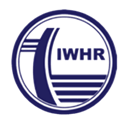IAHR Presents the IAHR Global Water Institutes Report Series: From Data to Water Decisions - Accelerating the Digital Journey
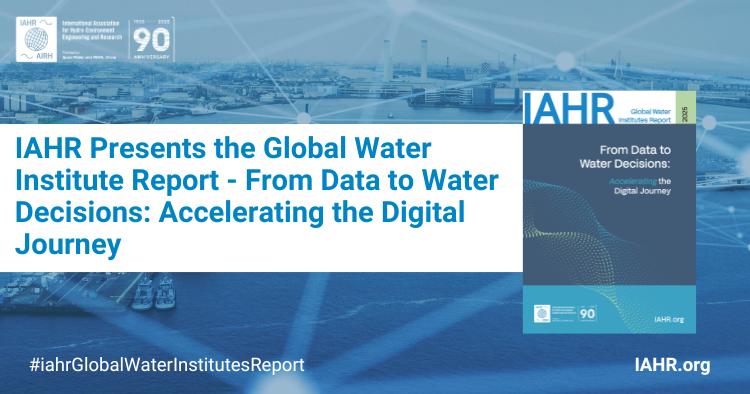
IAHR launches the inaugural IAHR Global Water Institutes Report Series: From Digital Acceleration to Real-World Impact: Scaling Innovation in Water Engineering. The report was officialy presented during the 41st IAHR World Congress High-Level Panel on Digital Transformation, From Digital Acceleration to Real-World Impact: Scaling Innovation in Water Engineering.
Based on insights from 127 experts across 41 countries, this report identifies five key digital accelerators: Remote Sensing, Data, Sensors and the Internet of Things (IoT), Advanced Modelling, Artificial Intelligence and Machine Learning, and Digital Twins that are transforming the hydro-environment sector. It offers a strategic roadmap to harness digital tools in support of smarter, more resilient water management.
The report highlights the benefits, opportunities, and risks associated with digital transformation in the water sector, and identifies the next steps and game-changing technologies needed to ensure sustainable and adaptive water management. These findings underscore the urgency of scaling up digital capabilities to meet global water challenges and to achieve SDG 6 on clean water and sanitation for all.
“The digital transformation of the hydro-environmental sector is not a luxury — it is a necessity,” the report concludes.
Key figures
Remote sensing-Leveraging satellite and drone technology for real-time monitoring and model validation
Remote sensing technologies—via satellites and drones—offer near real-time, scalable monitoring of hydro-environmental variables.
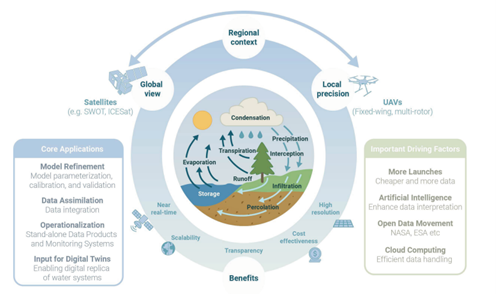
Opportunities:
One of the most valuable uses of remote sensing is the ability to enhance model calibration and validation, particularly in areas with limited ground data. Its wide-area coverage makes it ideal for tracking environmental changes like deforestation, flooding, or drought. Moreover, open-access data from programs like Copernicus or Landsat reduces monitoring costs, allowing more institutions to implement regular environmental assessments.
Challenges:
Despite its potential, remote sensing faces limitations such as data gaps caused by cloud cover or satellite revisit times. The integration of remote sensing into operational workflows also requires technical expertise and advanced processing capabilities. Additionally, while it provides historical and real-time snapshots, its predictive capacity is limited unless coupled with strong modelling frameworks
Data, Sensors, and the Internet of Things (IoT) – Enabling continuous, connected monitoring of water systems.
IoT enables real-time connectivity and data collection from local sensors across water systems.
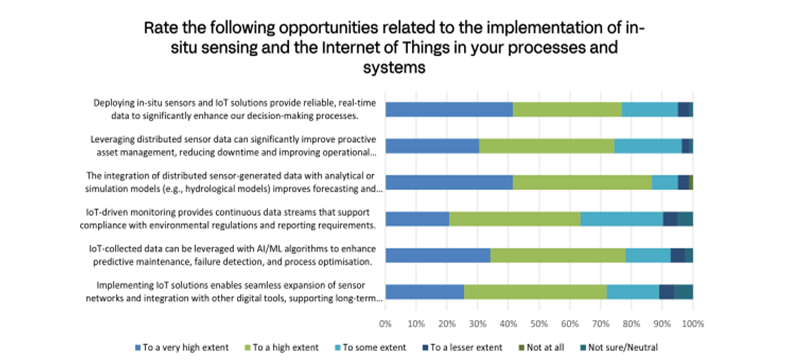
Opportunities:
By linking field measurements to central platforms, IoT enables utilities and managers to detect failures early, perform preventive maintenance, and make real-time decisions. This connectivity improves operational efficiency across water distribution, wastewater treatment, and flood management, while also supporting more sustainable and targeted resource use.
Challenges:
However, deploying IoT infrastructure is costly, especially in remote or resource-poor regions. The systems require reliable energy sources and robust connectivity, which are not always available. Additionally, fragmentation across platforms, lack of interoperability, and inconsistent data standards can hinder data integration and reduce the full value of IoT systems.
Advanced Modelling – Providing predictive insights for more resilient and sustainable water management.
Numerical modelling supports decision-making by simulating complex water systems under different scenarios.

Opportunities:
These models are critical for designing infrastructure, forecasting flood risks, planning for future water needs, and evaluating environmental impacts. Their ability to integrate multiple data sources and generate actionable insights helps improve long-term planning and decision-making processes.
Challenges:
Yet, the reliability of a model is only as good as the data it receives. In many cases, data scarcity, poor resolution, or outdated information limits accuracy. Calibrating and validating models remains a technical challenge, and scaling models across different contexts or jurisdictions adds further complexity. Additionally, integrating climate, social, and economic dimensions requires multidisciplinary coordination, which is often lacking.
Artificial Intelligence and Machine Learning – Unlocking powerful tools for forecasting, optimisation, and anomaly detection.
AI and ML enable pattern recognition, forecasting, and optimisation in water management.

Opportunities:
These technologies are already being used for predictive maintenance, forecasting water demand, detecting system anomalies, and optimising treatment processes. Their ability to process vast and diverse datasets unlocks efficiency gains, cost savings, and improved service quality.
Challenges:
Still, several risks need to be managed. AI systems require large, high-quality datasets, which are often unavailable or fragmented. The "black box" nature of many AI models raises concerns about transparency and accountability, particularly in public infrastructure. There are also concerns around bias, data privacy, and potential cybersecurity threats. Furthermore, existing regulatory frameworks are often outdated and not well-equipped to address the complexities of AI in critical systems.
Digital Twins – Integrating real-time data, models, and analytics to simulate, monitor, and optimise water infrastructure.
Digital twins are dynamic virtual models of water systems integrating real-time data, modelling, and analytics.
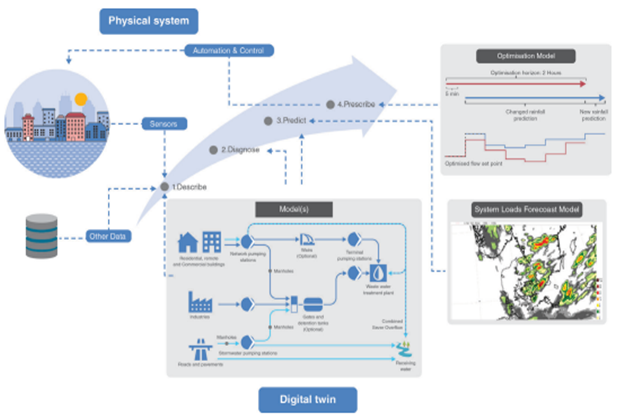
Opportunities:
These dynamic tools allow users to simulate different operational scenarios and forecast system responses in real time, supporting predictive maintenance, emergency response, and long-term infrastructure planning. They provide a unified, data-rich environment for collaboration across technical and policy teams.
Challenges:
However, building and maintaining digital twins requires substantial investment in data infrastructure, modelling capacity, and computational resources. Integrating disparate technologies and data streams into a single digital environment is a complex task. Additionally, many organisations still lack the internal expertise, cross-departmental coordination, or digital culture needed to fully adopt and benefit from digital twins.
Supported by:
Related

